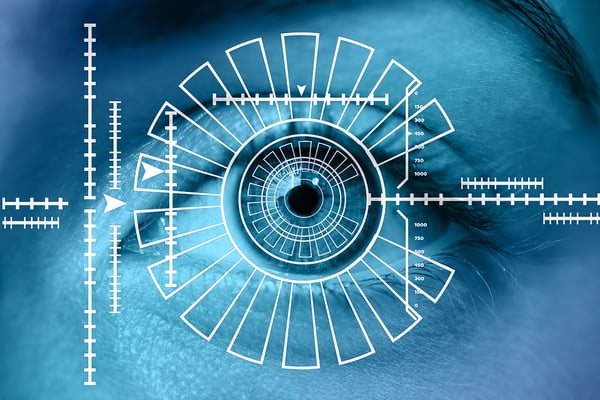-The MetaOptima Team
Would you like to remain connected with your patients & colleagues while providing streamlined care and receiving a new source of income? sign up for a demo today!
The Importance Of Human Intervention In AI Dermatology Solutions
Artificial intelligence is undoubtedly the new focus of technological development. The concept of utilizing machines to automate a myriad of human processes has fascinated humanity for a long time, but never has it been as realistic as today in terms of practical applications across various fields, including dermatology.1 This article will review the advancements brought by AI into dermatology daily practices and how, despite the common belief, machines are still highly dependent on human intervention for their functioning.
1. How is AI driving dermatology practice forward?
The human search for innovation seems to know no boundaries. Indeed, striving for improved outcomes in a wide variety of disciplines has pushed for the development of AI algorithms to emulate human activity. So much so, that the very essence of AI research at the moment relies mostly on equipping machines with the same human traits that makes us dynamic, complex and ever-learning creatures.
The reality of machine learning constitutes a great challenge from several viewpoints, especially regarding that machines need careful training in order to operate at the expected level. Specifically concerning dermatology, the construction of brain-like connectivity structures has allowed machines to start “thinking” much as humans do. Machines’ brain counterparts are known as Convolutional Neural Networks or CNNs and are capable to give a name to an object or a concept that is abstract per se. In other words, much as an infant human does, machines start to recognize the “word” that identifies the description or definition of a more complex concept. For example, the term “bird” can be linked to “a flying animal covered in feathers”. Extrapolated to medical terminology, machines are able to start identifying which combination of symptoms (the description) can be identified as a given diagnosis (the word).
When applied to dermatology practices, CNNs can be utilized in the identification of skin lesion images by comparing the target image to thousands of previously pathologically classified diagnoses. The power of trained machines to drive such repetitive tasks with error levels close to zero pose an almost unbeatable mark for human standards.
2. AI’s dependence on human intervention for data intake
Nevertheless, in spite of the revolutionary benefits imagined by these technologies, there is a blunt truth to be faced by both AI supporters and detractors: AI has a profound reliance on human activity. Despite the obvious differences, a machine is as much dependent on a human technician feeding it data as children are to their parents for learning the world around them. It is imperative for AI to be trained on the right set of data if proper application results are expected.
Often remaining behind the scenes, specialists working on the curation and labelling of the databases are the key human piece to complete the cycle. In fact, these experts are referred to as “humans in the loop” in the field’s jargon, and they represent the army of technicians performing hard-to-turn machines into mature and knowledge-functional systems.2
Dermatology applications are heavily reliant on skin imaging comparisons and identification, particularly of dermoscopic images.3 To this regard, humans carry the crucial responsibility of labelling individual parts of each image, allowing such isolated parts to be recognized and remembered by AI algorithms. This practice can be best exploited when added to intelligent dermatology software such as DermEngine’s Visual Search tool. The learning cycle is achieved as machines are able to combine the separately identified areas of the images to create a diagnosis of the full target image, thus contributing to increased accuracy in best dermatology practice.
Conclusion
AI developments are decisively changing the way we conceive technology and its applications to daily activities. The healthcare environment is quickly acquiring this technology, in spite of increasing concerns from many stakeholders in the field. The combination of the learning potential and the speed to do so can portray machines as a threat to keeping traditional jobs as they have worked for so long. However, in spite of AI algorithms having the capacity to process and learn from information more quickly, they heavily rely on data curated by human experts. Therefore, these systems are to be seen more as a great source of assistance for already existing human tasks rather than a futuristic replacement.
1-https://svn.bmj.com
2-https://www.entrepreneur.com
3-https://wiki.cancer.org.au
Topics: Dermatology Artificial Intelligence Skin Cancer AI Artificial Intelligence in Dermatology EHR EMR SaaS Dermatology EMR System Skin Imaging System Skin Analytics EMR System


.jpg?width=600&name=Artificial%20Intelligence%20Algorithms%20In%20Healthcare%20(1).jpg)




